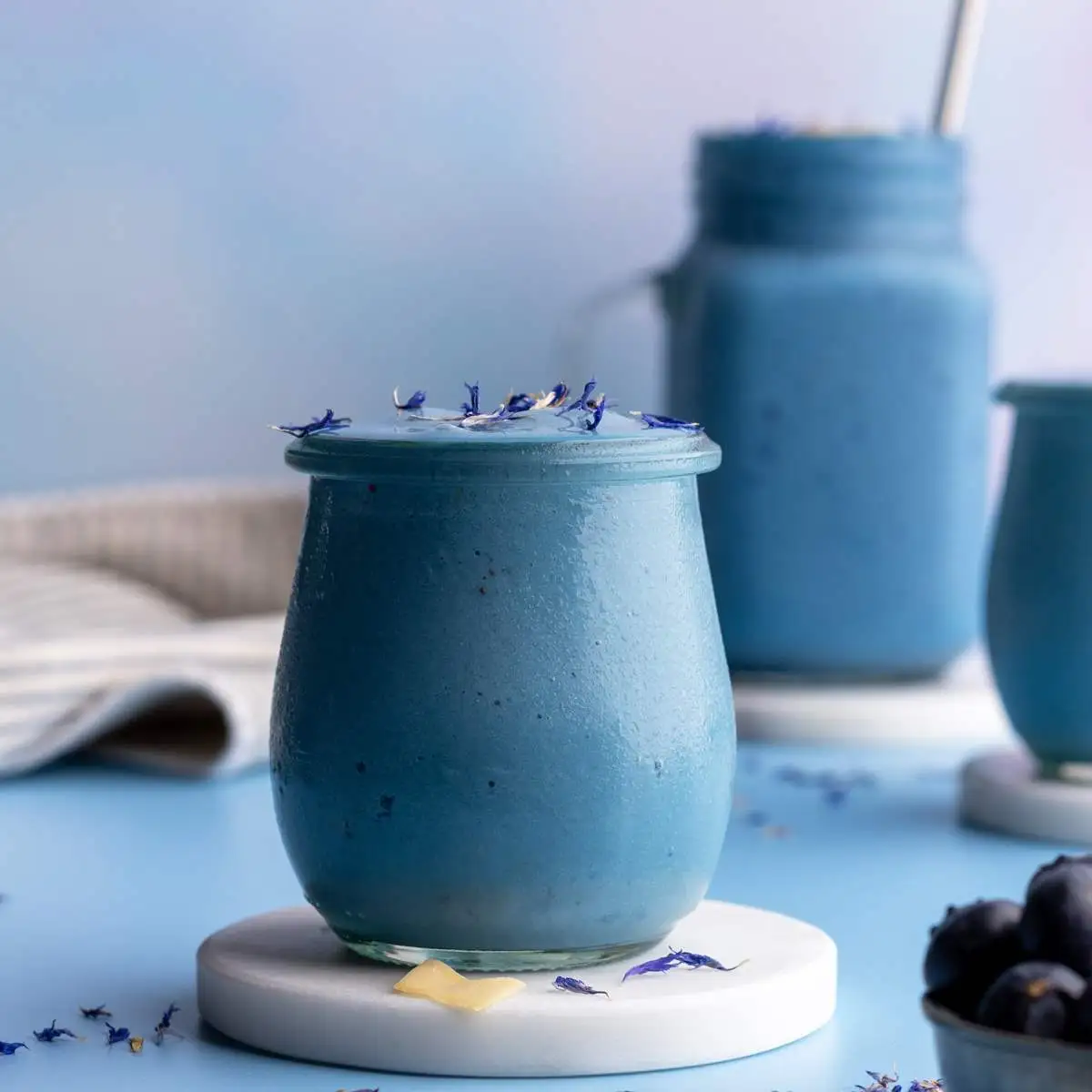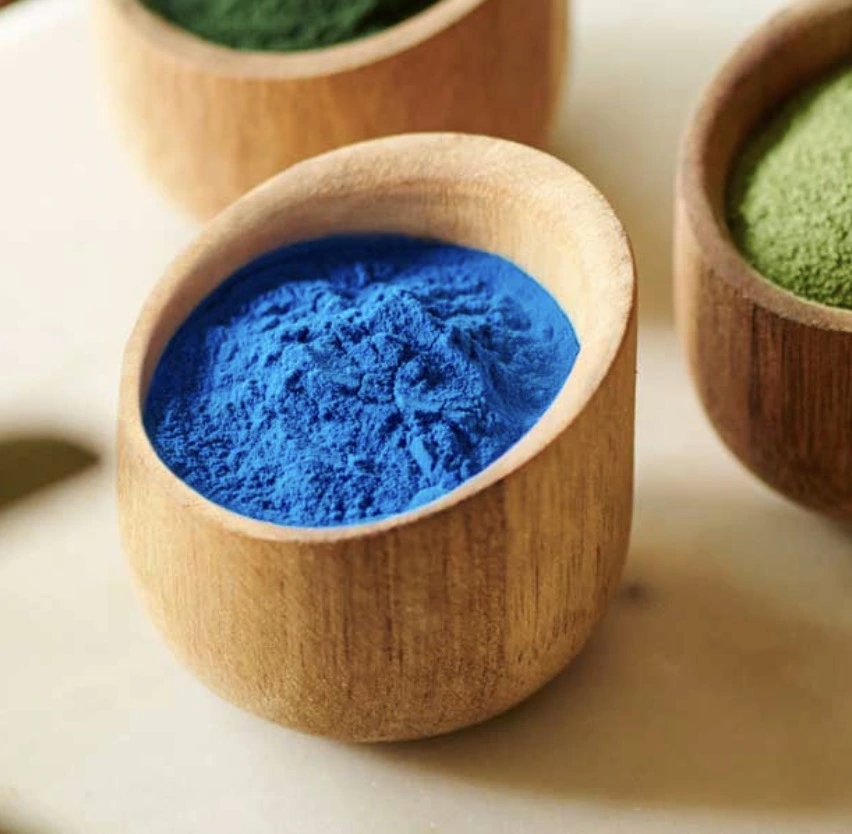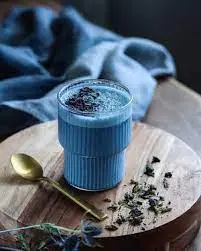What foods contain astaxanthin?
Astaxanthin, a potent antioxidant and member of the carotenoid family, has gained significant attention in recent years for its numerous health benefits. As more people seek to incorporate this powerful compound into their diets, it's essential to understand which foods naturally contain astaxanthin and how they compare to supplement options. In this comprehensive guide, we'll explore the top natural sources of astaxanthin, compare wild salmon to supplements, and examine how astaxanthin powder measures up to whole foods.
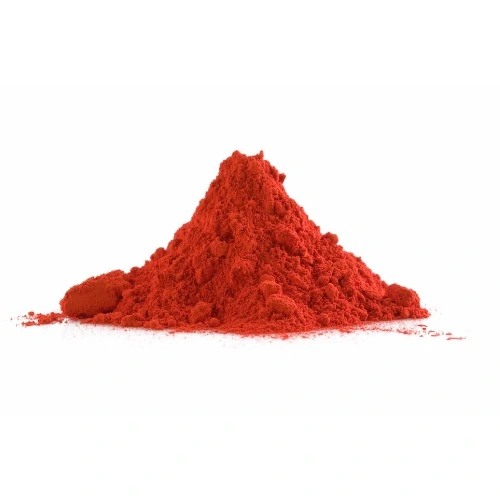
Top Natural Sources of Astaxanthin Explained
Astaxanthin is primarily found in marine environments, where it's produced by microalgae and consumed by various aquatic animals. Let's delve into the top natural sources of this remarkable antioxidant.
Microalgae: The Primary Producers
At the base of the astaxanthin food chain are microalgae, particularly Haematococcus pluvialis. This species is renowned for its ability to produce and accumulate high levels of astaxanthin when exposed to stress conditions. In fact, H. pluvialis can contain up to 5% astaxanthin by dry weight, making it the most concentrated natural source of this compound. While humans don't typically consume microalgae directly, these organisms serve as the foundation for astaxanthin accumulation in other marine life.
Salmon: The Popular Powerhouse
Salmon, especially wild-caught varieties, is one of the most well-known and readily available sources of astaxanthin for human consumption. The pink to red color of salmon flesh is largely attributed to the presence of astaxanthin powder, which the fish obtain from consuming krill and other small crustaceans in their natural habitat. Wild sockeye salmon is particularly rich in astaxanthin, containing approximately 26-38 mg per kilogram of flesh. However, it's worth noting that farmed salmon typically contain lower levels of astaxanthin unless their feed is supplemented with the compound.
Krill: Tiny Crustaceans, Big Benefits
Krill, small shrimp-like crustaceans, are another excellent source of astaxanthin. These tiny creatures accumulate astaxanthin from the microalgae they consume, which gives them their distinctive reddish color. While krill are not commonly eaten directly by humans, krill oil supplements have become increasingly popular as a source of both omega-3 fatty acids and astaxanthin. The astaxanthin content in krill oil can vary, but it typically ranges from 0.1 to 1.5 mg per gram of oil.
Wild Salmon vs Supplements: Astaxanthin Showdown
When it comes to obtaining astaxanthin, consumers often face a choice between natural food sources like wild salmon and concentrated supplements. Let's compare these options to help you make an informed decision.
Bioavailability: Nature's Edge
One of the key factors to consider when comparing wild salmon to astaxanthin supplements is bioavailability – the extent to which a substance can be absorbed and utilized by the body. Natural astaxanthin from wild salmon is typically found in a complex with proteins and fats, which can enhance its absorption in the digestive system. This natural matrix may provide a slight advantage in terms of bioavailability compared to some synthetic or isolated forms of astaxanthin found in supplements.
Concentration: Supplement Supremacy
While wild salmon is an excellent natural source of astaxanthin, supplements often provide a more concentrated dose. For example, to obtain 3.6 mg of astaxanthin (a commonly recommended daily dose), one would need to consume approximately 165 grams of wild salmon. In contrast, a single astaxanthin powder supplement capsule can easily provide this amount or more. This concentrated form can be particularly beneficial for individuals looking to maximize their astaxanthin intake without consuming large quantities of fish.
Additional Nutrients: The Holistic Approach
When choosing between wild salmon and astaxanthin supplements, it's important to consider the broader nutritional context. Wild salmon not only provides astaxanthin but also offers a rich array of other beneficial compounds, including high-quality protein, omega-3 fatty acids, and various vitamins and minerals. These additional nutrients work synergistically with astaxanthin, potentially enhancing its overall health benefits. Supplements, while offering a concentrated dose of astaxanthin, may lack this holistic nutritional profile.
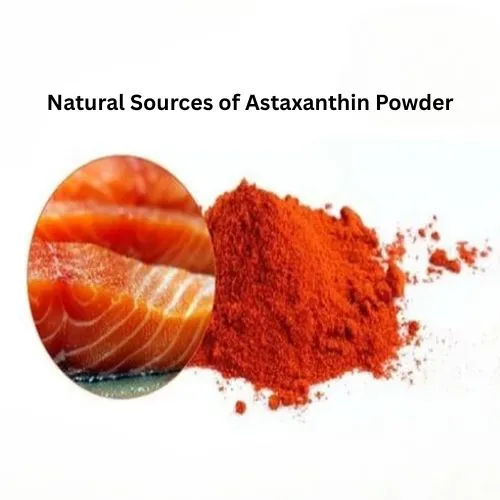
How Astaxanthin Powder Compares to Whole Foods?
Astaxanthin powder has emerged as a versatile option for those seeking to incorporate this powerful antioxidant into their diet. Let's examine how it stacks up against whole food sources.
Purity and Potency: The Powder Advantage
One of the primary benefits of astaxanthin powder is its high purity and potency. High-quality astaxanthin powder, such as that offered by Yangge Biotech, can contain up to 10% pure astaxanthin. This concentrated form allows for precise dosing and easy incorporation into various products, including supplements, functional foods, and beverages. In contrast, whole foods contain varying amounts of astaxanthin, which can be influenced by factors such as species, diet, and environmental conditions.
Versatility: Beyond the Plate
Astaxanthin powder offers unparalleled versatility compared to whole food sources. While consuming salmon or other astaxanthin-rich foods may be limited by personal taste preferences or dietary restrictions, astaxanthin powder can be easily incorporated into a wide range of products. This flexibility makes it an attractive option for food and beverage manufacturers looking to enhance their products with the benefits of astaxanthin. From fortified juices to functional snacks, the possibilities are virtually endless.
Stability and Shelf Life: Preserving Potency
When it comes to stability and shelf life, astaxanthin powder often has an edge over whole foods. High-quality astaxanthin powder, when properly stored, can maintain its potency for extended periods. This is particularly important for manufacturers and consumers who want to ensure consistent astaxanthin content over time. In contrast, the astaxanthin content in whole foods can degrade more rapidly, especially if not stored or prepared properly.
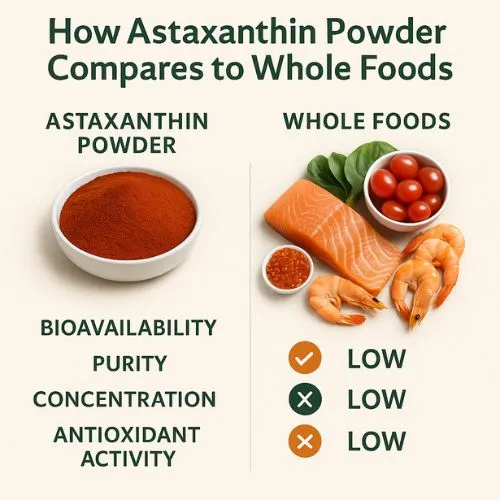
Conclusion
In conclusion, astaxanthin is a remarkable antioxidant found in various marine sources, with wild salmon being one of the most popular and accessible options for consumers. While whole foods offer a natural and holistic approach to obtaining astaxanthin, supplements and powders provide concentrated doses and versatility. The choice between these options ultimately depends on individual needs, preferences, and health goals.
For those interested in exploring astaxanthin powder supplier for use in food, beverages, or dietary supplements, Yangge Biotech offers FDA-approved, Halal and Kosher certified products. Our astaxanthin powder is derived from Haematococcus pluvialis and is available in various concentrations to suit your specific needs. To learn more about our products or to request a free sample, please contact us at info@yanggebiotech.com.
FAQ
Q: Can we get some samples to test before purchasing?
A: Of course, we can provide free samples of 20 to 100 grams, but the shipping cost is at the customer's expense. The shipping cost can be deducted from the next order, or the samples can be sent through your courier account.
Q: Do your products have relevant certifications?
A: Yes, our products are certified for HALAL, ISO, HACCP, Kosher, and other certifications.
Q: What is the minimum order quantity (MOQ)?
A: Small batches of samples can be customized according to your requirements.
Q: Do you offer OEM and ODM services? Can the formula be customized based on our own?
A: Of course, we provide ODM and OEM services to many customers. Our product range includes softgels, capsules, tablets, sachets, granules, and private label services. Simply contact us and let us know your requirements. Our experienced R&D team can also develop new products with specific formulas.
Please contact us to design your own branded products.
Q: How do you handle quality complaints?
A: First, we have a comprehensive quality control SOP. We provide authoritative third-party inspection reports for almost all products before shipment to minimize the possibility of quality issues. Second, we have a comprehensive return and exchange procedure. If there is a genuine quality dispute, we will strictly follow the SOP.
Q: How do you ship? How long does delivery take?
A: For small orders, we typically use DHL, UPS, EMS, FedEx, or TNT. Delivery typically takes 3-7 days. We also offer air and sea freight services. We have a strong freight forwarding team and can provide you with a one-stop service, including DDP and DDU.
Q: What are your payment terms?
A: 100% prepayment, payable by T/T, Western Union, MoneyGram, or PayPal.
Q: What is the shelf life of your products?
A: 2 years with proper storage.
Q: Is the packaging environmentally friendly?
A: We attach great importance to environmental protection and are constantly improving our product packaging. Some products are packaged in recyclable paper. Packaging materials are carefully selected to ensure product safety during transportation and storage, and to minimize environmental impact. We are committed to achieving a balance between environmental friendliness and practicality in our product packaging, and to contributing to sustainable development.
References
1. Ambati, R. R., Phang, S. M., Ravi, S., & Aswathanarayana, R. G. (2014). Astaxanthin: sources, extraction, stability, biological activities and its commercial applications—a review. Marine drugs, 12(1), 128-152.
2. Fakhri, S., Abbaszadeh, F., Dargahi, L., & Jorjani, M. (2018). Astaxanthin: A mechanistic review on its biological activities and health benefits. Pharmacological research, 136, 1-20.
3. Guerin, M., Huntley, M. E., & Olaizola, M. (2003). Haematococcus astaxanthin: applications for human health and nutrition. Trends in biotechnology, 21(5), 210-216.
4. Kidd, P. (2011). Astaxanthin, cell membrane nutrient with diverse clinical benefits and anti-aging potential. Alternative Medicine Review, 16(4), 355-364.
5. Yuan, J. P., Peng, J., Yin, K., & Wang, J. H. (2011). Potential health-promoting effects of astaxanthin: a high-value carotenoid mostly from microalgae. Molecular nutrition & food research, 55(1), 150-165.

Based on your location and order quantity, you will have the opportunity to receive a limited time free shipping promotion!
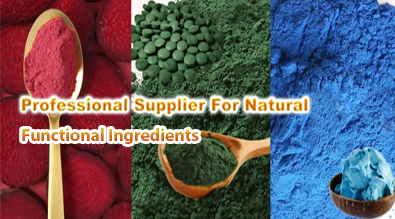
Who we are
